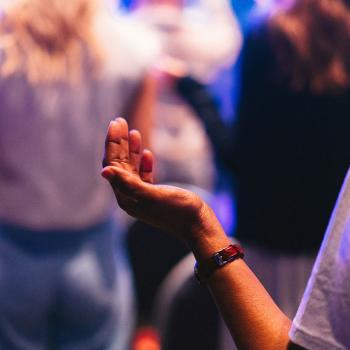In Part One of this series, we began to explore vulnerability as a path, and to look at what it takes to feel safely vulnerable. My meditations on vulnerability began during a conversation with a student named Roberta. Roberta had noticed that she often felt over-sensitive, too open to other people and even the pain of the world around her. In the last article, I discussed where vulnerability comes from, and the different types of vulnerability. Mainly, I tried to distinguish between the vulnerability that comes from weak boundaries, and mature vulnerability—based on real inner strength. That kind of vulnerability, what we might call radical vulnerability, is really only possible for someone who has established both strong personal boundaries, and a deep connection to her own core, the Essence, or inner Self. Here are some conclusions, along with a couple of exercises: one for creating energetic boundaries, the second for deepening your relationship with your own vulnerable self.
Developing Mature Vulnerability
In mature vulnerability, you reconnect with the openness and innocence of the vulnerable child, with her natural connection to Essence. But now, you inhabit that vulnerability not from the original, unprotected place, but from an adult awareness of your own strengths, and also with the power you've developed through your practice of yoga and other forms of inner work.
This takes time, but it will develop naturally as you become more and more established in your inner practice.
In the early stages of practice, it's important to focus on holding your energies in your own center, and training your mind to seek the core where strength can be found. Once you have a deep sense of contact with your inner core, you might start to experiment with letting yourself be vulnerable. You ask yourself questions, like "How open can I be in this situation?" "What do I do when I feel frayed or overwhelmed by others' energies?" A mature practitioner knows just when to put up an energetic barrier or shield, and has a kind of automatic protective energy system that comes into play when needed.
How do you develop the kind of protective energy that allows this? Partly by the specific practice of invoking protective energies.
For instance, in classical tantric ritual and meditation practice, you always start your practice by creating an energetic shield, using visualizations and mantras to imagine a container around your self and the ritual circle. Only when the shield is in place—protecting you from uninvited energies—do you open your body and mind to invoke the divine presence or the open space of expanded awareness.
The radical openness of a mature spiritual practitioner is possible only because he or she has gone through the process of strengthening his or her energetic body. In that way, the openness and apparent vulnerability of a spiritual master—someone like Gandhi or the Dalai Lama, who often seems childlike—is very different from the original innocence of the child. The child is, to use the language of developmental psychology, in a pre-rational or pre-individuated state. The advanced practitioner has matured as an individual, differentiated himself from his environment, and acquired adaptive skills and protections, as well as a functioning ego. From there, through practice and a radical willingness to let go into vulnerability, he earns openness, true enlightened innocence. That's what it means to successfully reclaim our vulnerability.
Creating a Zone of Protection
Roberta's difficulty was that she was opening her field of awareness without having either strengthened her energetic core, or protected her energy body. I gave her two practices, which you'll find below. The first was the practice of shielding. The second, the practice of deliberately drawing in her energies—taking moments during the day to notice where you've leaked energy, or where over-stimulation has made you frazzled, or where a strong attraction or aversion has claimed your attention to the point where you feel out of your own center.
Practice 1: Shielding and Conserving your Energies
Begin by sitting quietly, and focusing in the heart.
From there, imagine yourself drawing in the energies you've given out today. Pull back the energy that has gone into phone conversations, into encounters at work, into the distractions of shop windows or the emotional pull of your spouse or child.
Don't worry if you don't feel you've fully 'done' it. Above all, don't worry that this will cut you off from the people you love. On the contrary, the practice will let you gather your forces to meet them from a more centered place.





